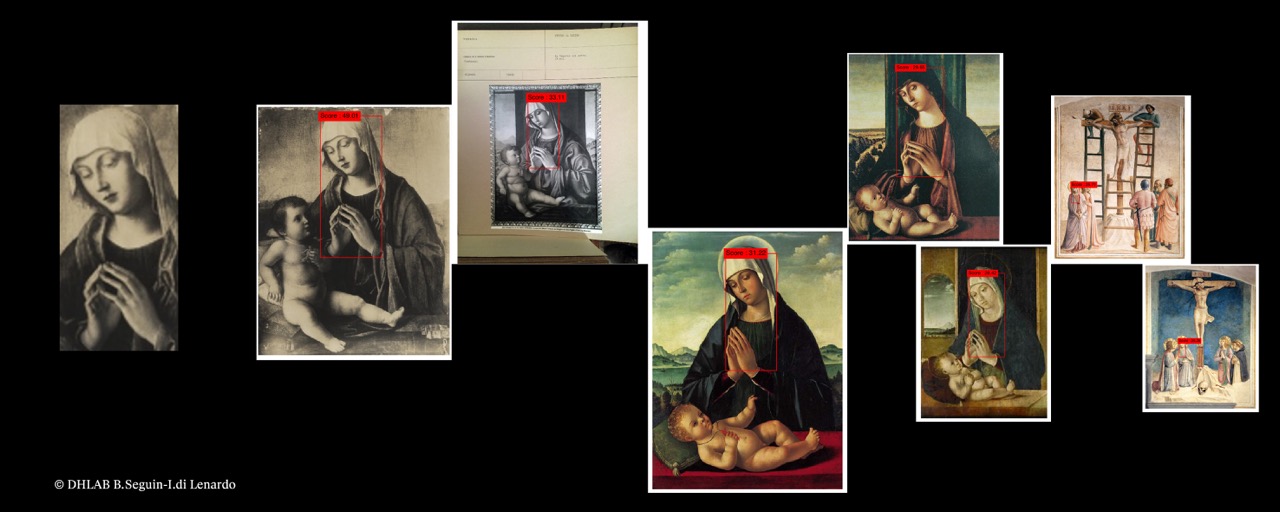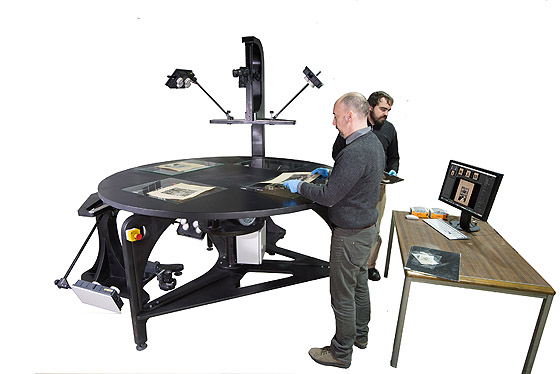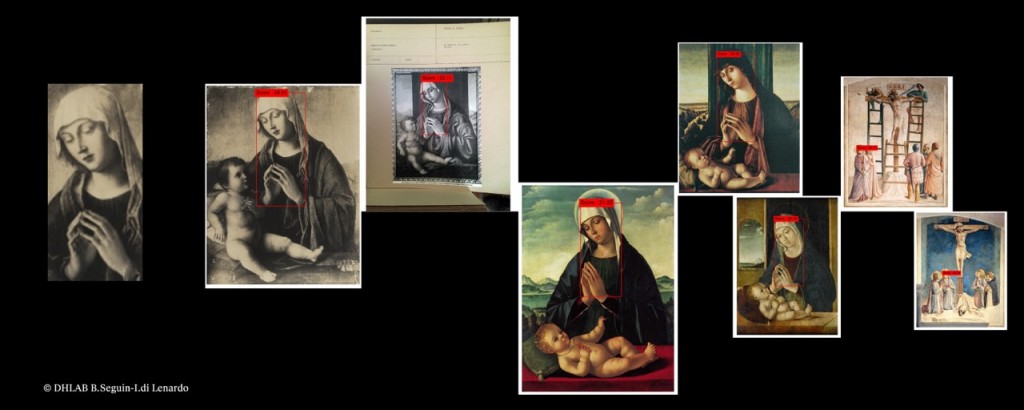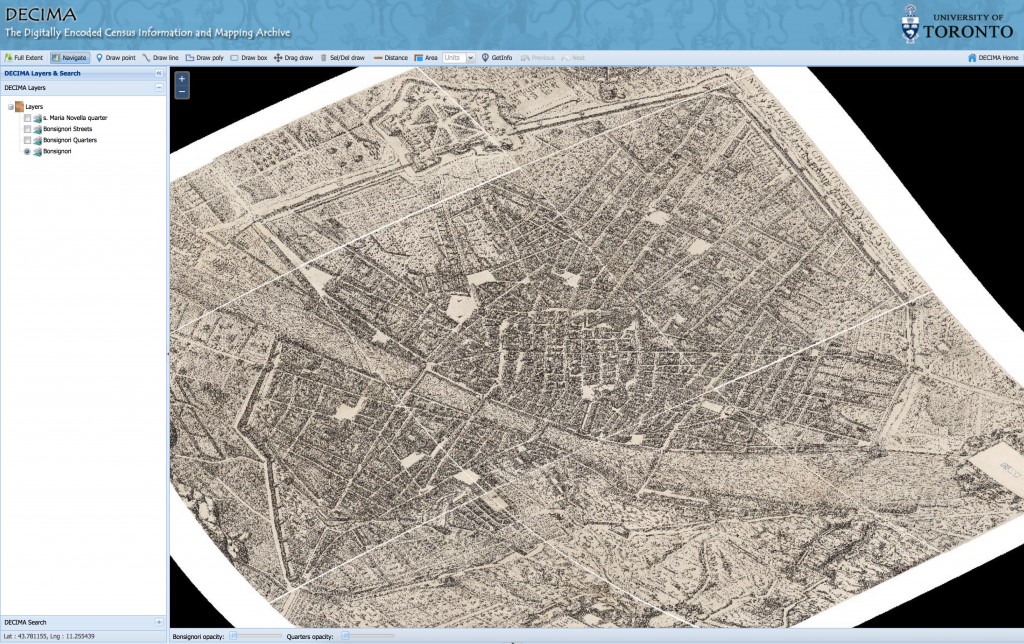By Danielle Abdon Guimaraes
In my last post, I discussed two projects I saw presented at the Renaissance Society of America (RSA) 2016 meeting in Boston. This post will address two other projects, REPLICA, presented by art historian Isabella di Leonardo and digital humanist Frederic Kaplan, and DECIMA, presented by historian Nicholas Terpstra.
REPLICA is part of the Venice Time Machine Project, based at Digital Humanities lab at the École Polytechnique Fédérale of Lausanne (EPFL) and whose main project has been to digitize the Venetian archives in collaboration with Ca’ Foscari University in Venice and the Archivio di Stato di Venezia. REPLICA is a three-year project, which stems from their collaboration with the Fondazione Giorgio Cini in Venice. The goal of the project is to create a searchable image database focused on art and architecture, and that allows users to concentrate on iconographical aspects of works and monuments.
The first step of their project consisted in digitizing the photo library of the Fondazione Cini, which consists of approximate one million annotated photographs of Venetian art and architecture. In order to facilitate this process, the project partnered with Factum Arte, Madrid in the development of a special scanner, the Replica 360 Recto-Verso scanner.
The scanner is able to scan 12 images (400 dpi) per minute, and it automatically extracts metadata from the annotated photographs. The DH Lab at EPFL has created a search engine that organizes the collection, in addition to new algorithms that treat these images in terms of graphic patterns that enhance a user’s searching experience. For example, it allows for the automatic clustering of works based on similar iconography or specific details in them.
The DECIMA project, based at the University of Toronto, used data from the 1561-62 tax census in Florence and maped it on Stefano Buonsignori’s aerial view of the city from 1584. The platform allows users to search data from the census and automatically geolocates the information, giving life to archival material. Their website provides extensive instructions on how to use the database, and the searchable map is already available as the project continues to develop.
Currently, scholars at the University of Toronto have been working on three different initiatives that use the platform: Sex and the Sacred, on prostitution in early modern Florence; Locating the Jewish Community before the Ghetto; and Following Threads—Women and Weaving. For example, in the case of Sex and the Sacred, Terpstra explained that DECIMA allowed them to better understand patterns in terms of where prostitutes lived and worked, facilitating the visualization of how the archival material relates to regulations on these women in the fifteenth and sixteenth centuries. Check out the links provided throughout my post for more information on DECIMA and REPLICA!



